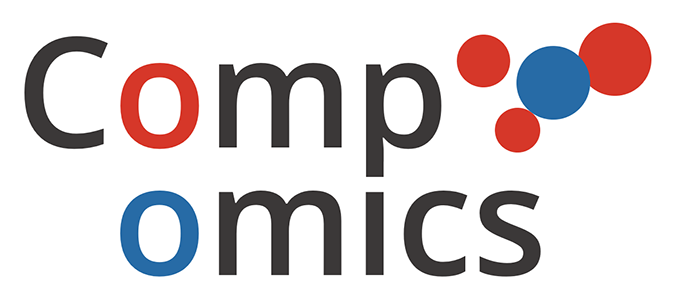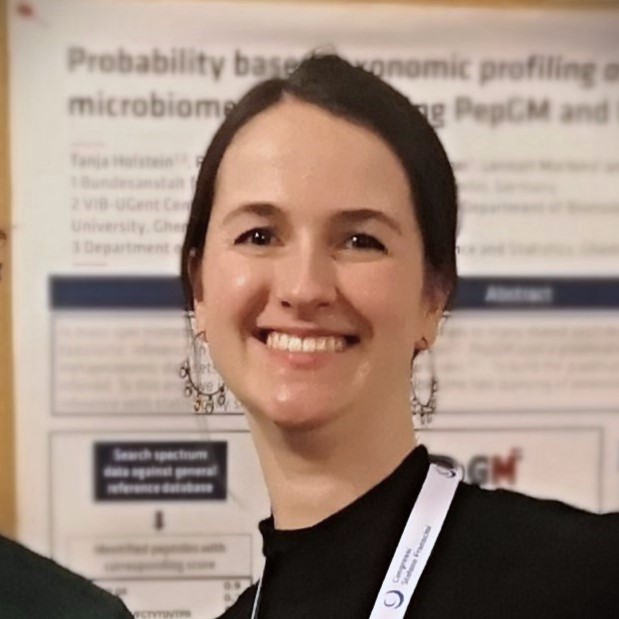Computational Omics and Systems Biology Group
About
The CompOmics group, headed by Prof. Dr. Lennart Martens, is part of the Department of Biomolecular Medicine of the Faculty of Medicine and Health Sciences of Ghent University, and the VIB-UGent Center for Medical Biotechnology of VIB, both in Ghent, Belgium.
The group has its roots in Ghent, but has active members all over Europe, and specializes in the management, analysis and integration of high-throughput Omics data with an aim towards establishing solid data stores, processing methods and tools to enable downstream systems biology research.
The CompOmics team is always looking for talented people. Go to the jobs section on the VIB website to look for open positions.
Web applications
The following web applications are developed and hosted by the group.
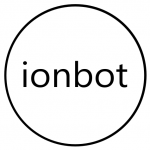
IONBOT
Novel MS/MS search engine

MS²PIP
MS² Peak Intensity Prediction

Unipept
Functional Analysis of Metaproteome Data

Tabloid Proteome
Protein-protein interaction networks
Free and open source software
Here is a selection of our free and open-source tools. A full list can be found on GitHub.

SearchGUI
Combines proteomics search engines in one user-friendly GUI

PeptideShaker
Advanced proteomics data analysis made easy

Colims
LIMS system for proteomics data management and analysis
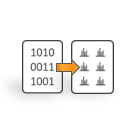
Thermo Raw File Parser
Convert Thermo Raw files to mzML or MGF on all operating systems

MS²Rescore
Improve Percolator rescoring with MS²PIP-predicted peak intensities.
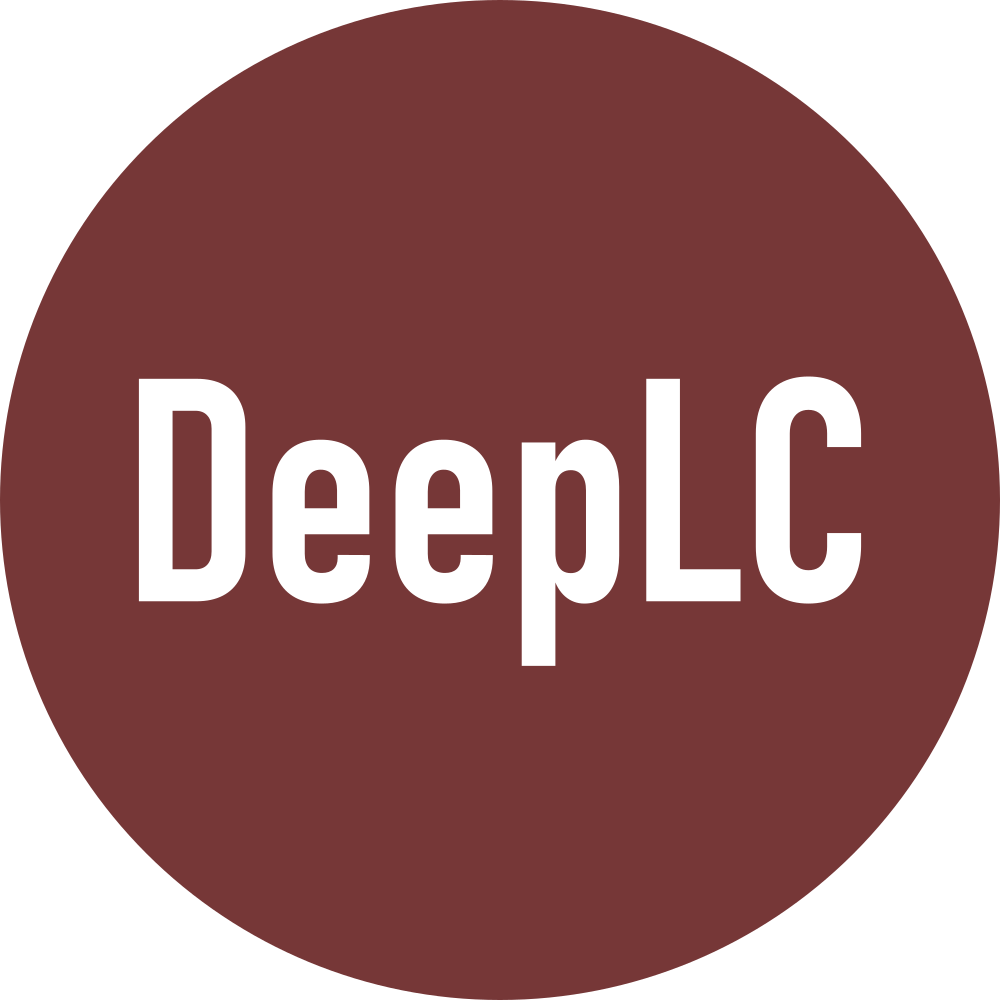
DeepLC
Retention time prediction for any modified peptide using Deep Learning.
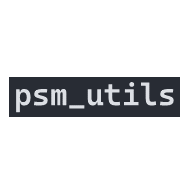
psm_utils
Utilities for parsing and handling PSMs and search engine results in Python
Tutorials
Do you want to learn about Proteomics and Proteomics data analysis? Have a look at our CompOmics tutorials:
Hands-on tutorial using user-friendly proteomics software
Mass spectrometry-based proteomics
Video lecture series
Video lecture series, including practical exercises using Jupyter notebooks
Our team
Latest publications
Where to find us?
Department of Biomolecular Medicine, Ghent University
VIB-UGent Center for Medical Biotechnology, VIB
Technologiepark 75
9052 Gent-Zwijnaarde, Belgium
lennart [dot] martens [AT] UGent.be
